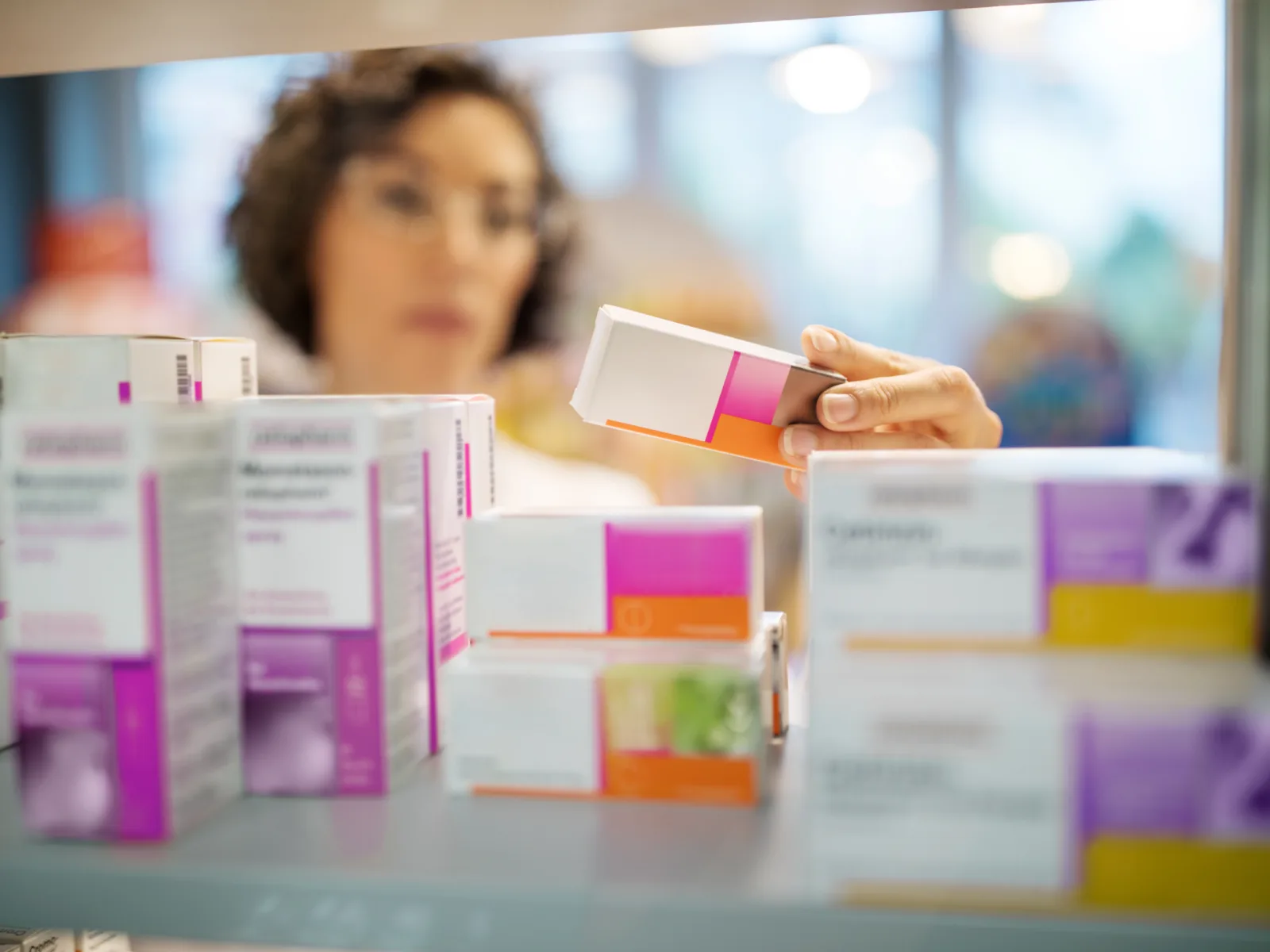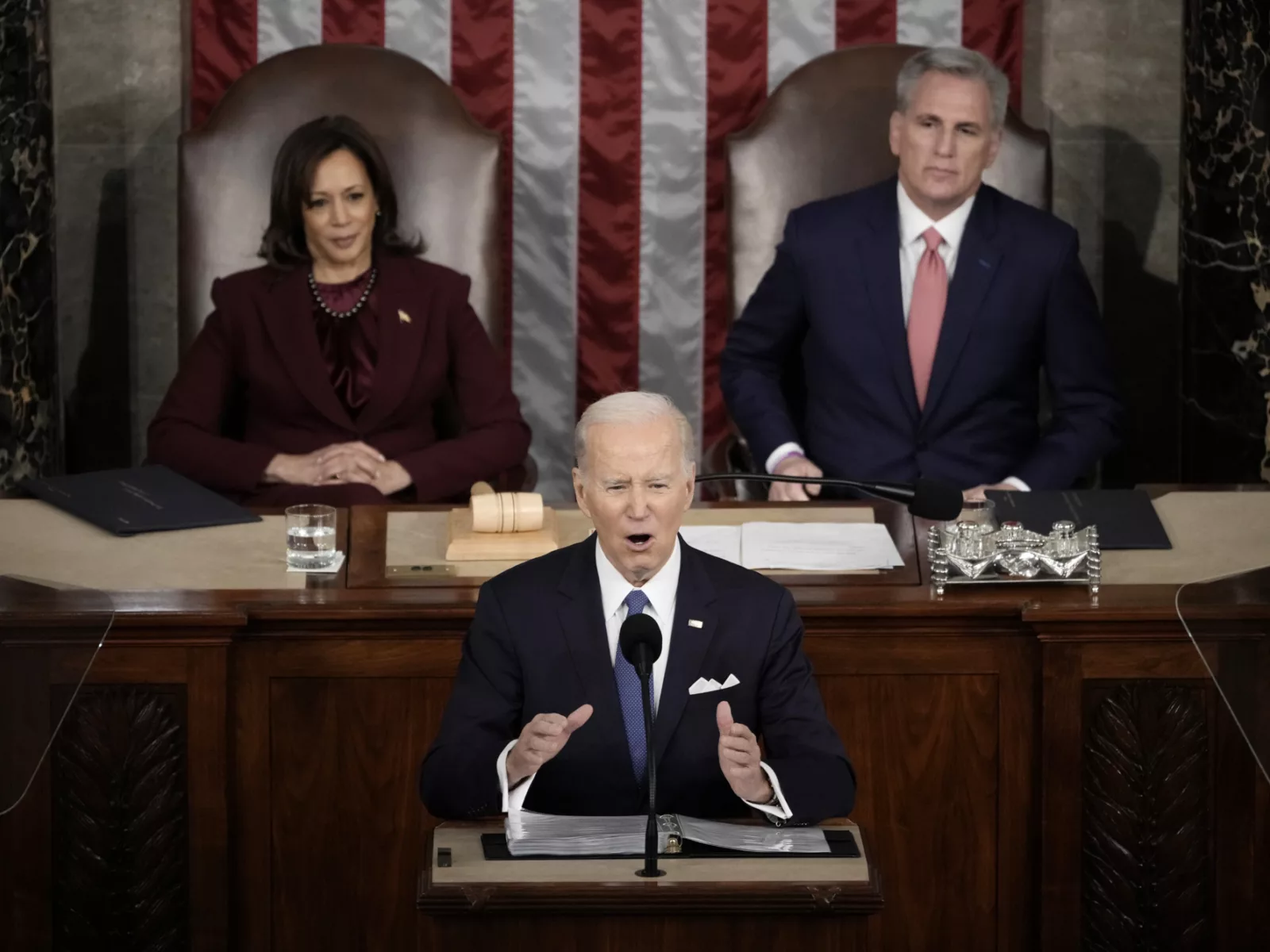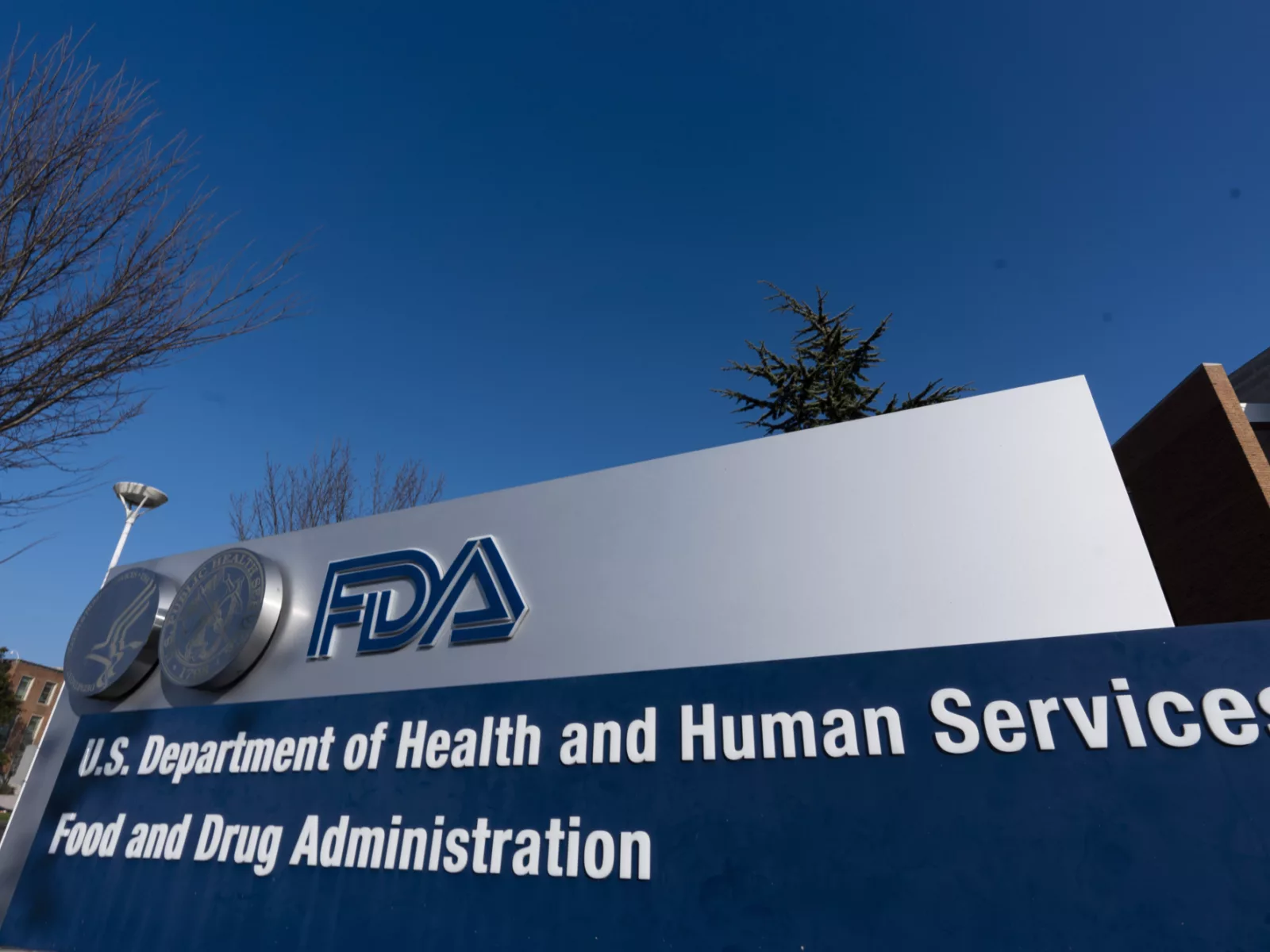One solution to consider for addressing rising drug prices in the United States: Allow pharmacists to substitute a generic drug for patients who have been prescribed a similar brand name drug with a much higher price tag.
Under current law, pharmacists are only allowed to make substitutions if the product is “therapeutically equivalent” to the branded version as approved by the U.S. Food and Drug Administration (FDA). However, new analysis in BMJ states that these same highly trained and deeply knowledgeable pharmacists could easily apply their expertise about supplies, insurance formularies, and patient co-payments to select cheaper alternatives that are just as safe and effective, thus saving patients money and lowering overall pharmaceutical spending, according to the report authored by researchers at Harvard’s Program On Regulation, Therapeutics, And Law (PORTAL).
U.S. spending per year on pharmaceuticals.
Drug spending is a key factor in rising U.S. health care spending, with the nation spending an estimated $400 billion per year on pharmaceuticals — more than $1,000 per person per year, according to the analysis authored by Jonathan J. Darrow, Jessica E. Chong, and Aaron S. Kesselheim. Although brand name drugs comprise only 10 percent of prescriptions, they drive 78 percent of drug spending, the researchers noted.
While a few brand name drugs represent true breakthroughs, many more represent marginal advancements and are in reality clinically equivalent (or occasionally inferior) to prior versions of the drug and their generic competitors, the PORTAL researchers said.
However, state law (which is based on federal determinations of therapeutic equivalence) restricts pharmacists to substituting only drugs that have the same active ingredients, dosage forms, strengths, and routes of administration as approved by the FDA.
Drug makers have long taken advantage of this legal loophole through a practice called product hopping, or “sidestepping generic competition by introducing a therapeutically similar version” of the original drug that can’t automatically be substituted, thus extending their market for more expensive and profitable brand name drugs.
A well-known and oft-cited example of product hopping is the drug omeprazole, a common proton pump inhibitor introduced 40 years ago. Among other changes, the drug was reformulated into a brand name drug called Vimovo that combines a minor variation of the active ingredient from the original drug (that is now available over-the-counter) with a common over-the-counter pain killer known as naproxen (brand name Aleve).
This combo heartburn drug is now under patent until 2031 — and pharmacists are prohibited from swapping it out in favor of its cheaper components of over-the-counter omeprazole and naproxen.
The difference between the cost of Vimovo versus its generic components is staggering. A cash-paying customer shells out $2,061 for a 60-day supply of Vimovo (without a discount), while the same patient would likely pay less than $30 for the same supply of naproxen and omeprazole, according to the drug list prices published on drugs.com.
The PORTAL researchers said that, in order to give pharmacists greater latitude, policymakers would need to step in, since states oversee and regulate pharmacists. For example, the authors said state legislatures could consider directing state health agencies to identify pharmaceutical products that could be substituted — beyond those designated as therapeutically equivalent by the federal government — and then authorize pharmacists to make the necessary swaps with the patient’s consent.
The pharmaceutical industry and physician lobbyists have bristled at previous legislative attempts to give pharmacists more power to substitute, but with drug prices continuing to rise — and more people struggling amid the dual-crises of the pandemic and economic hardships — the policy recommendations outlined by PORTAL could gain greater traction as voters increasingly clamor for drug pricing reform and states look for ways to rein in drug spending.




















